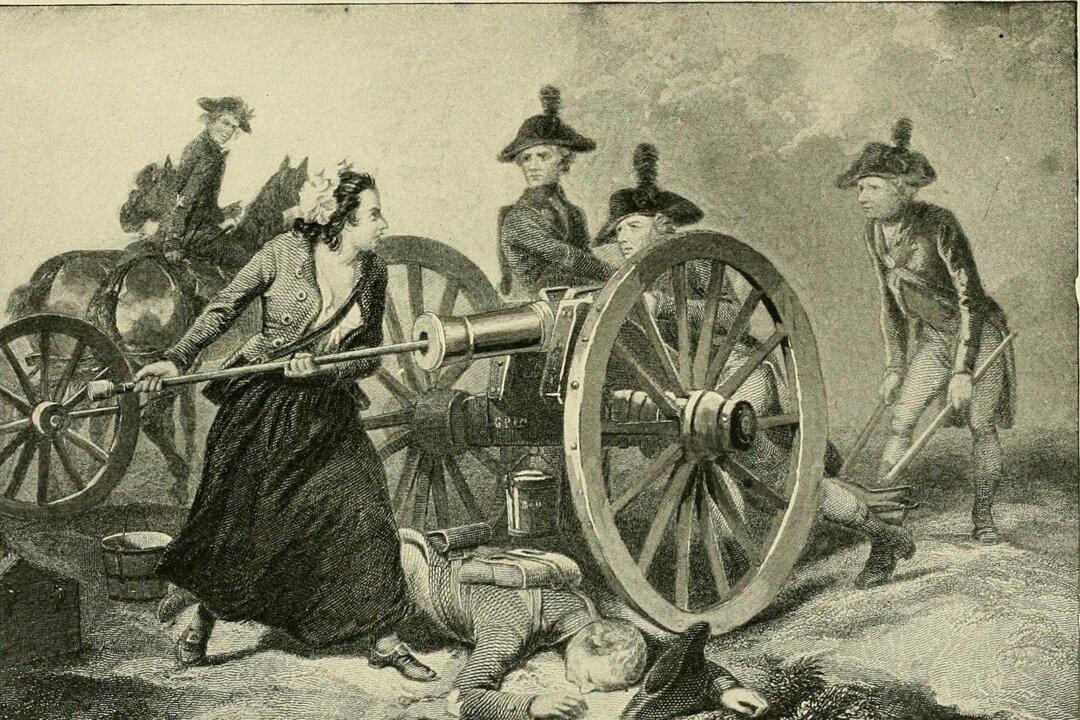In wartime, heroism can spring up in the least likely of candidates.
Daughter of German immigrants and a stranger to books and schoolrooms, Mary Ludwig (1754–1832) was in her late teens or early 20s when she married William Hays, a barber. When war broke out between Great Britain and the American colonies, Hays joined a Pennsylvania artillery unit. Eventually, Mary accompanied him as a camp follower, then a common practice among wives.






